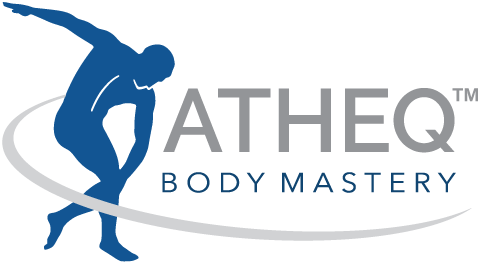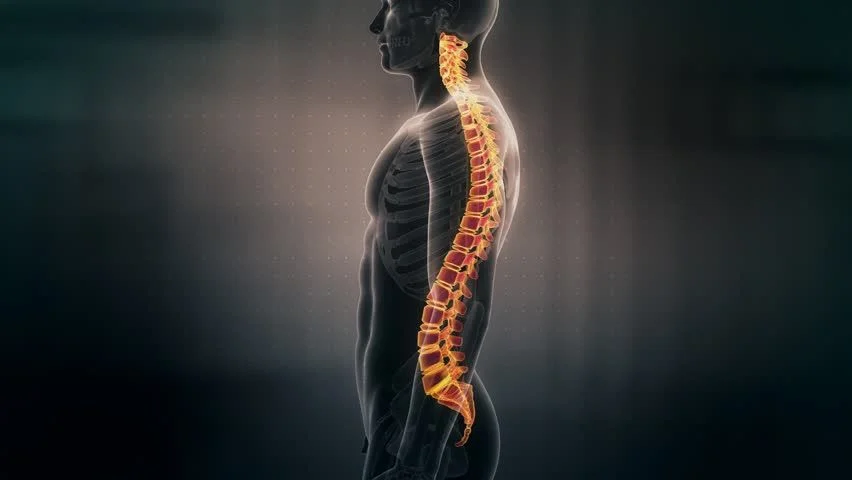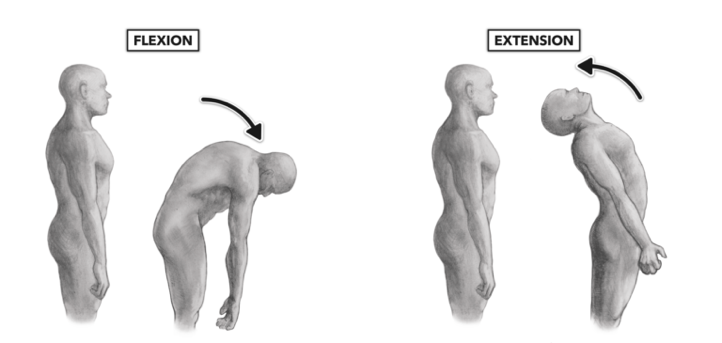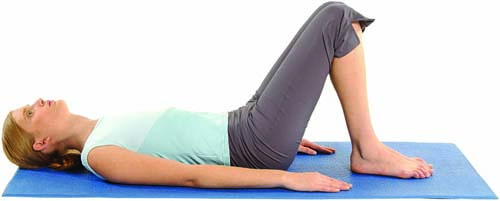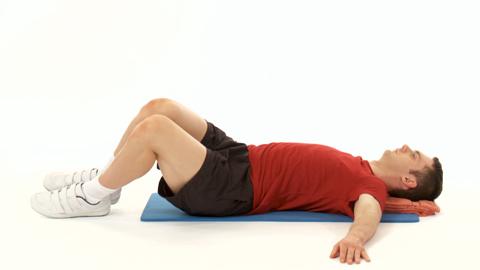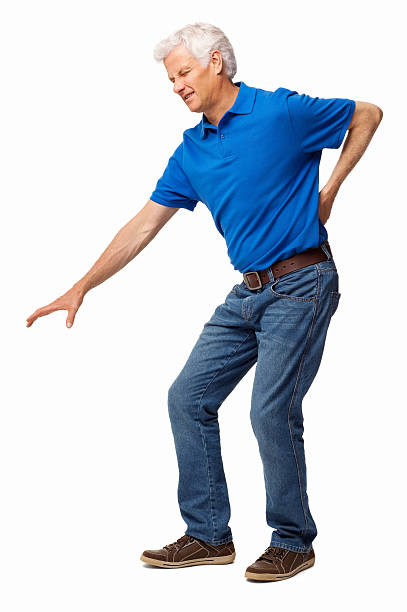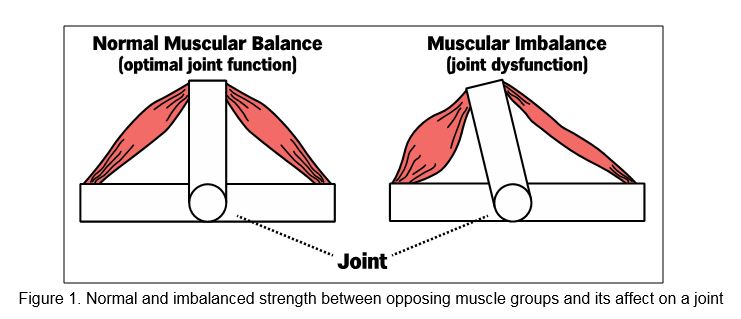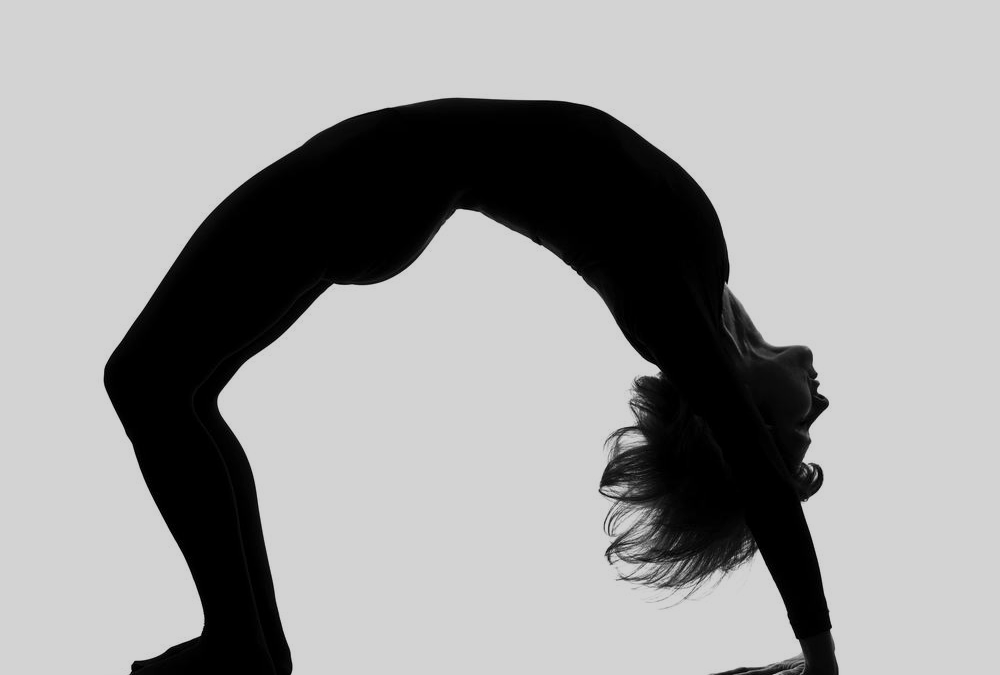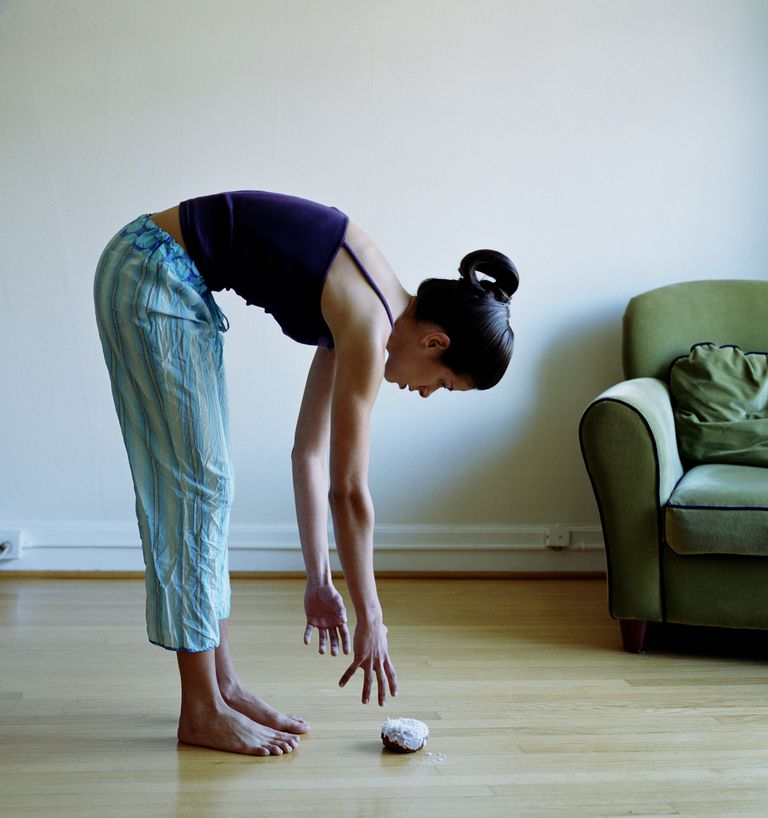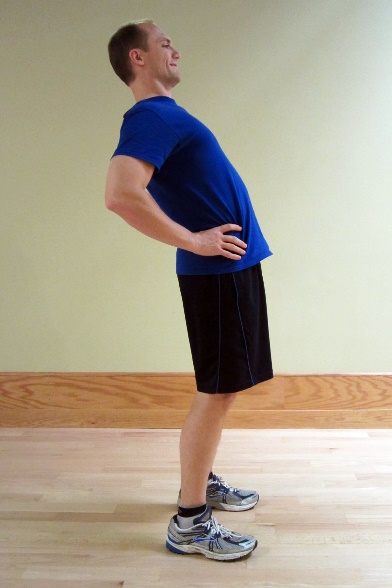
The Case for Central Nervous System Reprogramming
For many people, working on addressing muscular imbalances and sequencing issues with the activation of specific muscles through my programming can solve a majority of their physical problems. I have discussed some of these connections in past articles. For others though, the answer is not nearly as simple. There are phenomenon that I have witnessed when working with clients that defy our conventional understanding of the root causes of issues such as back pain, knee issues, and neck instability for these people. For them, the muscular/postural answers have little long term impact to their pain and dysfunction. These are usually issues that they have dealt with for years, sometimes decades. Often times they have spent tens of thousands of dollars on potential solutions, searching across the country (and internet) to find an answer to their pain. The answers they have found have either provided a small improvement, no improvement, or made their situation worse. As someone who was in the exact same position for many years, searching for answers, I feel strongly for these people.

What if we are looking in the wrong direction? The field of health/rehab/medicine is incredibly focused on muscular imbalances/structural imbalances/alignment and the information that a MRI can show us. All of this information is important, and absolutely part of understanding the bigger picture. I myself have talked about the importance of muscular balance/firing patterns at length. However, when the structural imbalances are deemed “impossible” to fix, you have no apparent answers to a muscular issue, and the MRI comes back with no definitive answer… what are we left with? This is the problem that many of the people I mentioned above deal with. To understand a potential new direction for answers, we need to first understand several concepts. We must try to understand the state of our own central nervous system, and we must understand our own reflex muscle guarding and how that could relate to our “unsolvable” issues.
You might be asking yourself how the state of your central nervous system impacts a physical issue such as back pain/neck pain, etc. The answer is that it can have a massive impact. We must understand that the state of CNS directly impacts how our brain/body reacts to stimulus. Do you have problems taking a deep breath? What is your daily normal breath length for your inhale and exhale? Test it. Take a breath of 2-3 seconds inhale, 2-3 seconds exhale. Was that uncomfortable? How unnatural did that feel? Ideally, we should be around 2-3 seconds inhale, and a 2-3 second exhale throughout your day. This should slow down even more when we lay down to sleep/rest/relax. If your autonomic breathing (normal range, without trying to breathe slower) falls into this range, we can comfortably assume that you are likely in a more parasympathetic state throughout the day. If we recall to previous articles, this state is closely aligned with rest/relax/digest. It is the opposite of the fight or flight state for our central nervous system. Every single person I have worked with who had long term pain/dysfunction has had significantly poor breathing patterns. Almost all of them (other than most of the body workers I have had as clients) were at the 1 second inhale, by 1 second exhale range. What does this mean? It means that just with their breathing, they have locked their central nervous system in a perpetual state of fight/flight. Note the below diagram, and how breathing is linked to fight/flight.

Being locked into this state, the brain becomes used to this state, and this continual state becomes part of your homeostasis. Remember, all of this occurs without your conscious approval. Some of the signs that you have become locked into this state are anxiety, nervousness, panic attacks, breathing issues, continually feeling overwhelmed, difficulty sleeping or even relaxing. I have worked with multiple clients who have had issues sleeping their entire lives, who sleep soundly as they work on the programming. The goal of the programming I gave them had nothing to do with their sleep, but since the state of their central nervous system was being gently and subtly altered, it improved their sleep nonetheless. So what is the link to the physical? This is by far the most fascinating aspect of my new research, and likely some of the most controversial.
While working with clients to get them to a more stable spinal position and a more active and sequenced “core”, I generally include specific breathing work to finish every new sequence/activation. I do this for several reasons. The first reason is so that they can feel this muscle move under their hands, which has a powerful impact to their neurological connection to it. Awareness is extremely powerful. The second reason is to check to see if the muscle is moving at all, even slightly. I have found areas of the abdominals that had zero movement in inhalation, that after some brief sensory/programming work, became active again without the client having to think about the area at all. The third reason is to influence more a parasympathetic state, so as to shut off guarding patterns/reflex guarding. Reflex guarding is when a specific area of muscle will not release in response to a painful stimulus.
This is usually due to trauma or injury. If you have ever found an area of your back or neck that is constantly tight and tense, is it possible that you are experiencing some of this reflex guarding. This occurs completely without your conscious approval or knowledge, and we have almost no control over it. However, this “guarding” in my opinion, can be a reflex action of the sympathetic nervous system. It is my belief that if we can create a shift to the parasympathetic, we have an opportunity to shut off some of this “guarding” processes. Everything I have seen in clinic points to this conclusion, and I have used targeted breathing thousands of times to help people shut off specific areas of the body that are stuck in a neurological guarding pattern. Why do I believe that it is neurological issue and not the muscle itself? Because of the following phenomenon.
Working through the earlier example, so after getting these clients in a stable position where they can feel their entire spine on the floor while on their back with their knees up (See past articles on this, this is done entirely through breathing/tapping and shutting off guarding patterns to restore this position) the most common result is that the client will feel entirely neutral in their low-mid-upper back. Any pain they were experiencing, is suddenly eliminated. While this does take targeted activation of anterior muscles at the same time, this is the result. For some people, this is the beginning of the process of sequencing and activating muscles to help hold them in this position daily. It is a great deal of oblique sequencing/abdominal sequencing, and breathing work that eventually can progress to strength work when all of the sequences are in the correct order. But for other people, the people with the long term pain issues, the moment the back is clear, they have felt the “tension” move. They have described it to me as such. I have witnessed this tension move into the legs so that the quads start twitching and firing.

I have seen this tension move into the upper chest, making the clients chest feel heavy like they are heading into a panic attack. I have witnessed this tension move into the neck, into the head, and transform into a migraine. Keep in mind this movement of the “tension” takes mere seconds, and the pain/tension they feel in that area is immediate. During this process, I have my clients place their hand on the impacted area where they feel the tension. They continue to breathe in the same manner that I worked on them with, and this almost always clears the issue. In the rare case that it doesn’t, the physical grounding work that I have developed does. More on that in future articles. Even when the tension continues to move, the clearing process usually takes less than 5-10 breaths. The even more fascinating aspect of this, is that these tension patterns always follow activation patterns of muscles that have been stuck in “guarding”. Usually these muscles that are “guarded” either have very poor sensation for the client, or they are extremely hard to consciously activate/turn off for them. It is almost like the brain has been disconnected from this area of the body, and no longer consciously controls it.
One of the best examples of the power of this programming, is the client I had recently who came in looking for neck relief from an injury that was 40 years old. She had the injury in college, and her neck had constantly had alignment issues and consistent pain/tension.

As we started to work on the guarding processes in her neck, and the muscles started to release under her hands with every specific/targeted breath, she suddenly felt her back tense, and her leg twitch. The first time this client saw me, she had extension pattern in her lumbar spine that was creating almost all of her back issues. That particular issue was solved in our first few sessions. And yet as she went to unlock the neck, her brain and body responded by putting her back into extension. Her leg where she had issues with tension/pain that we had programmed out via glute function earlier, also fired without her knowledge. While she could feel her back go into extension, she was completely unaware of her leg twitching/firing, and her left ankle doing the same thing. Her brain reset these areas of her body to an earlier point, as a guarding mechanism. We were able to quickly address those areas with previous programming, and after we did and we continued with unraveling the guarding systems in her neck, that specific guarding pattern never returned. Occasionally her ankle or leg would twitch slightly, which she continued to not be able to feel until I told her that it was occurring. Then she was able to feel it after that when it would twitch, and the twitching stopped entirely. No other guarding patterns occurred, and we were able to greatly improve her necks range of motion and restore its neutral position even while standing. Keep in mind zero manipulation or touch from me was used to create this change.
The more I witness phenomenon such as the above, the more I have realized that an integrated approach might be only way to truly solve some of these issues. Treating the body as separate from the state of the central nervous system is potentially only looking at half of the puzzle. Attempting to get people to the parasympathetic with only relaxation techniques is only ever going to be at best, half effective in my opinion. There are levels of guarding that must be purposefully accessed through targeted work. The ultimate goal of all of this work, in order to create a shift in the central nervous system, is to convince the deep limbic/guarding systems of the brain that we are safe.

From all of my work, I deeply believe in Polyvagal Theory, and see evidence for it daily.
If we can figure out how to convince our deep limbic system that we are indeed safe, we will ultimately restore not only original physical function, but unlock our parasympathetic systems as well. In my next article I will discuss more in regards to this Polyvagal Theory and how I am using physical grounding techniques to successfully re-associate limbic system patterns. It is my belief that understanding how and why the brain perceives “safe” is the key to understanding the link between the mind and body, and may hold secrets in how to heal both.
If you are interested in my work, I currently work with clients in Vancouver, WA at a chiropractic office. If you are not local, I have a live online platform in which I work with people across the country. I hope that all of you find the answers that you are seeking in your journey for health and wellbeing.
Until next time,
A
- NEUROCEPTION: A Subconscious System for Detecting Threats and Safety. Dr. Stephen Porges. https://static1.squarespace.com/static/5c1d025fb27e390a78569537/t/5ccdff181905f41dbcb689e3/1557004058168/Neuroception.pdf
- The Influence of Breathing on the Central Nervous System https://www.ncbi.nlm.nih.gov/pmc/articles/PMC6070065/
